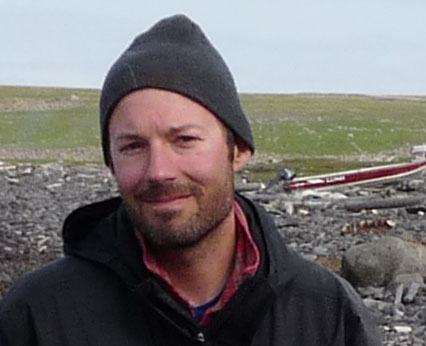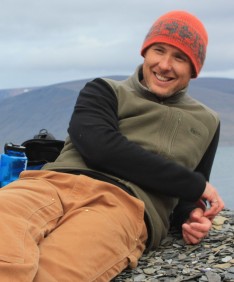
Partners
Principal Investigators
 John
P Smol (Queen`s University)
John
P Smol (Queen`s University)
Jules M Blais (University of Ottawa) website
 Joshua
Kurek (Mount Allison University)
Joshua
Kurek (Mount Allison University)
Joshua Kurek is an Assistant Professor at Mount Allison University in Sackville, New Brunswick (Canada). He leads the Environmental Change & Aquatic Biomonitoring (ECAB) Laboratory in the state-of-the-art Gairdner Building. His research program is interdisciplinary and includes aspects of aquatic science, paleolimnology, and monitoring of freshwater ecosystems. He is interested in research questions that contribute to understanding how lakes, rivers, and wetlands respond to stressors and how the structure and function of freshwaters has changed across time. One of his favorite job perks is mentoring undergraduate and graduate students and helping to develop their abilities, knowledge, and interest related to environmental science.
Mark Mallory (Acadia University) website
 Rob
Jamieson (Dalhousie University)
Rob
Jamieson (Dalhousie University)
Dr. Jamieson is a Professor with the Department of Civil and Resource Engineering at Dalhousie University. He holds the Canada Research Chair in Cold Regions Ecological Engineering. His areas of research are watershed modeling, contaminant transport, and passive wastewater treatment systems. He is a professional engineer with over 10 years experience in water resources engineering, with particular expertise in hydrological modeling, water quality modeling, microbial water quality, and on-site and alternative wastewater systems.
Graduate Students
Corwin Andrews (Univeristy of Ottawa):
.png) Julia
Campbell (Mount Allison University): I am
originally from Summerside, PEI and recently graduated from Mount Allison
University where I completed my BSc. in Biology and Environmental science. I
continued my studies at Mount Allison by joining the mink team and am now a
graduate student working towards my MSc. in Biology. My component of the
mink project is to assess the effects of eutrophication by analyzing midge
assemblages and reconstructing dissolved oxygen trends in lakes. I was drawn
to this research because it addresses local concerns about water quality
issues. I have always been passionate about the conservation of aquatic and
marine ecosystems, and I am eager to learn more about the common and
widespread effects of eutrophication. I previously worked with a watershed
group in PEI and was able to observe the land use impacts in streams and
estuaries, while doing water quality monitoring and stream restoration work.
By working on the mink project, I am now able to study lakes, which are not
a common occurrence in PEI.
Julia
Campbell (Mount Allison University): I am
originally from Summerside, PEI and recently graduated from Mount Allison
University where I completed my BSc. in Biology and Environmental science. I
continued my studies at Mount Allison by joining the mink team and am now a
graduate student working towards my MSc. in Biology. My component of the
mink project is to assess the effects of eutrophication by analyzing midge
assemblages and reconstructing dissolved oxygen trends in lakes. I was drawn
to this research because it addresses local concerns about water quality
issues. I have always been passionate about the conservation of aquatic and
marine ecosystems, and I am eager to learn more about the common and
widespread effects of eutrophication. I previously worked with a watershed
group in PEI and was able to observe the land use impacts in streams and
estuaries, while doing water quality monitoring and stream restoration work.
By working on the mink project, I am now able to study lakes, which are not
a common occurrence in PEI.
.jpg) Jennifer
Kissinger (University of Ottawa):
I am originally from the United States and
currently a graduate student at the University of Ottawa, specializing in
Chemical and Environmental Toxicology within the Department of Biology. I
completed my undergraduate degree in Forensic Pathology at Indiana
University Bloomington, USA. My research experience is interdisciplinary
spanning from abstract biological applications to federal policy, and have a
formal forensics background as a deputy coroner, with training in blood
spatter analysis, forensic entomology, and clandestine cadaver recovery. My
research interests focus on reconstructing environments longitudinally
through physiological biomarkers in sediment which can remain stable for
decades up to hundreds of years. Utilizing limnological techniques, sterol
and stanol biomarkers can be used to create a 'forensic fingerprint' of
sediment biochemistry which can, in conjunction with multi proxy methods,
provide past and present snap-shots of environmental states and provide
clarity of the relevant impacts on ecology and society.
Jennifer
Kissinger (University of Ottawa):
I am originally from the United States and
currently a graduate student at the University of Ottawa, specializing in
Chemical and Environmental Toxicology within the Department of Biology. I
completed my undergraduate degree in Forensic Pathology at Indiana
University Bloomington, USA. My research experience is interdisciplinary
spanning from abstract biological applications to federal policy, and have a
formal forensics background as a deputy coroner, with training in blood
spatter analysis, forensic entomology, and clandestine cadaver recovery. My
research interests focus on reconstructing environments longitudinally
through physiological biomarkers in sediment which can remain stable for
decades up to hundreds of years. Utilizing limnological techniques, sterol
and stanol biomarkers can be used to create a 'forensic fingerprint' of
sediment biochemistry which can, in conjunction with multi proxy methods,
provide past and present snap-shots of environmental states and provide
clarity of the relevant impacts on ecology and society.
Nell Libera (Queen's University): I am originally from Vancouver, BC, and I completed an undergraduate degree in Biology at Queen's University, with a focus on ecology and environmental science. I have previously taken part in a project assessing the impact of industrial bitumen extraction operations in the Athabasca Oil Sands Region (AB), using sedimentary diatom assemblages as environmental indicators. My focus as an MSc student in this project will be diatoms, chrysophytes, and chlorophyll-a as indicators of eutrophication. I am passionate about scientific communication and education, as well as water quality issues that are especially important in our changing world.
 Jessie
McIntyre (Acadia University): I am originally from New Glasgow, NS and
recently graduated from Mount Allison University in Environmental Science,
Biology and Women's & Genders studies. I am interested in wildlife biology
and conservation, especially with birds, environmental education and
collaborative research that involves local communities. My previous research
experience has been with migratory shorebirds in Atlantic Canada, GIS, and
application of remote sensing technologies to map important habitat. I will
be working on the biotransport aspect of this study and am really excited to
be working with the gulls and other motivated researchers on this project.
As a native Nova Scotian, I am eager to work on this local issue that brings
together a variety of research areas and opportunities for positive change.
Jessie
McIntyre (Acadia University): I am originally from New Glasgow, NS and
recently graduated from Mount Allison University in Environmental Science,
Biology and Women's & Genders studies. I am interested in wildlife biology
and conservation, especially with birds, environmental education and
collaborative research that involves local communities. My previous research
experience has been with migratory shorebirds in Atlantic Canada, GIS, and
application of remote sensing technologies to map important habitat. I will
be working on the biotransport aspect of this study and am really excited to
be working with the gulls and other motivated researchers on this project.
As a native Nova Scotian, I am eager to work on this local issue that brings
together a variety of research areas and opportunities for positive change.
Aidan Van Heyst (Dalhousie University): I grew up in Waterloo, ON, and completed by undergraduate degree at the University of Guelph in Water Resources Engineering. I worked at Ontario Ministry of Agriculture, Food and Rural Affairs as a summer research student and studied the impact of land applying abbatoir wastewater and if it could be a factor in eutrophication of lakes. Lake eutrophication and algal blooms are a huge issue in Ontario, and I am looking forward to exploring this issue in Nova Scotia. I am currently a student at Dalhousie University and I am completing a MASc in Civil Engineering. I will be focusing on the hydrologic modelling of watersheds affected by mink farming and lake eutrophication.

|